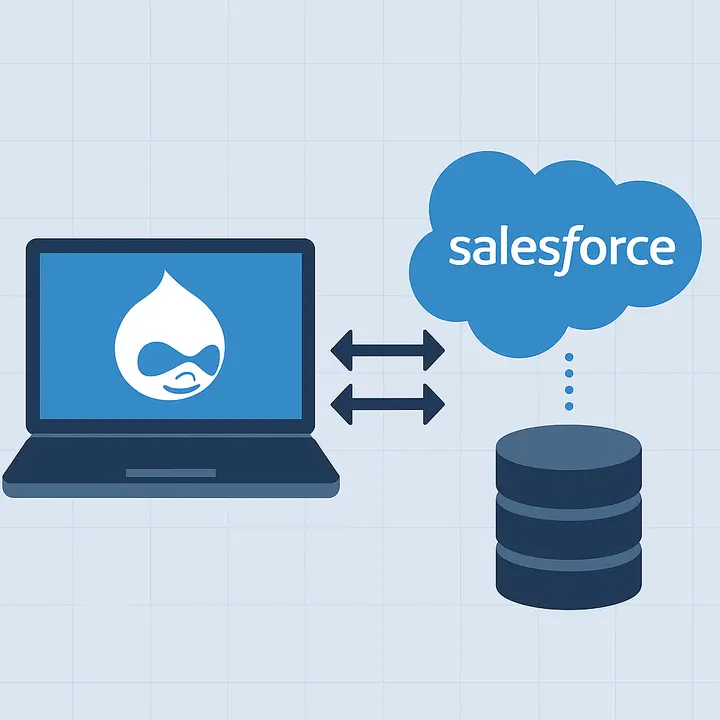Top 5 Advice on Drupal Portfolio Website Development
When it comes to the development of a portfolio website (which is going to be a cover of your personality or your business), the content management system you choose can play a difference. Drupal offers a powerful and robust eco-system aiming to develop a custom portfolio website with the set of the most up-to-date tools and digital practices.
Here, Drupfan provides a set of recommendations to enable you to get a Drupal portfolio website that not only stands out from the rest of the competitors but also delivers security and top-notch user experience.
- Plan Before the Development
As an engineer can’t start building a bridge without proper planning and schemes, you can’t start developing your Drupal portfolio without proper planning. Carefully consider what elements should be displayed on your site, think over their location, create user stories for intuitive and leads-leading navigation, etc. Determine users’ pain points during the interaction with your platform and avoid them. Give your clients what they want.
To plan a good UX and UI design for your portfolio beforehand, check out our recent blog post — Why UX is Important for Your Drupal Website.
- Make Search Engine Optimization Your Priority
Search engine optimization, or simply SEO, is a powerful set of techniques and instruments that help to boost your website ranking in SERP (Search Engine Results Page). Google loves SEO, especially technical search engine optimization.
Implementing the best technical SEO practices on your Drupal portfolio website can not only make your platform rank higher in search results but also bring more organic traffic to your online gallery and, as a result, boost conversions. To learn more about technical SEO, read this blog post — 5 Key Points of Drupal Technical SEO.
- Optimize Website Performance
Users don’t like to wait for a web page to load. If a website loads for 2 seconds or more, users can abandon it forever. That’s why you should keep website performance optimization in mind. The web page loading speed is crucial for a successful SEO campaign and an increase in customer satisfaction rates.
Thanks to the Drupal community, this CMS offers a number of modules and caching mechanisms that can assist you in minimizing load times. A few quick pieces of advice: As you own an online portfolio, pay close attention to image formats and sizes — this will definitely help you optimize the platform better.
- Add Third-Party Analytics Tools
A successful business, even if this is a non-monetized portfolio, cannot function well without Analytics Research. Drupal can easily integrate with 3rd-party analytics tools, such as Google Analytics, Google Tag Manager, and more. Always keep your finger on a pulse when it comes to metrics analysis, user behavior measurement, and traffic score.
- Make Your Drupal Portfolio Website Mobile-Friendly
As more and more people access the net from their mobile devices, the mobile-first approach is a must in the development of a successful Drupal portfolio site. Mobile responsiveness means that the website looks and functions properly on any device and at any screen size. Drupal can also assist you with this task, as it provides mobile-responsive theming out of the box.
Final Thoughts
Developing a Drupal portfolio website is not challenging if you consider the best practices for portfolio site development. As always, Drupfan web developers are striving to deliver top-notch digital solutions to match your needs and requirements. Contact us if you need to develop a portfolio website with Drupal.





